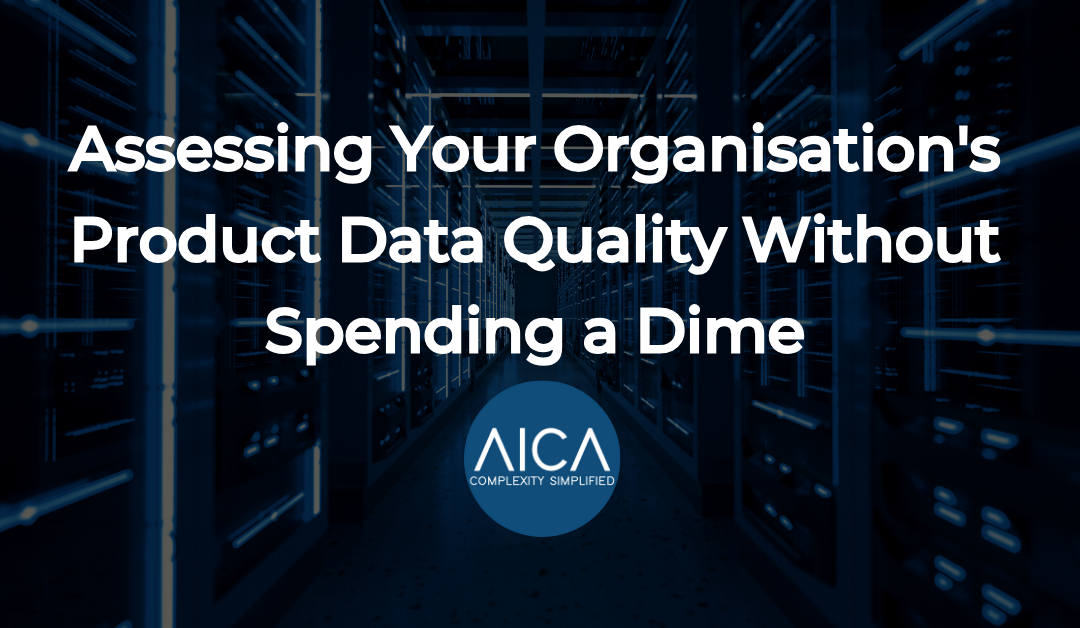The business landscape has become increasingly digital and therefore data forms the bedrock upon which your business constructs its strategies, operations and customer experiences. But what if this foundation is shaky?
Enter the realm of ‘dirty product data’, a term many organisations dread but often grapple with. In this article, we’ll delve deep into what dirty product data is, its ramifications and how to determine if your business data needs a bath.
What is Dirty Product Data?
At its core, dirty product data refers to any incorrect, incomplete or inconsistent information within a company’s product dataset.
It could manifest as:
-Outdated product specifications
-Missing attribute values
-Inconsistent naming conventions
-Duplication of entries
-Incorrect pricing
The reasons for such inconsistencies are many, ranging from human errors during data entry to technical glitches during data migration.
The Domino Effect of Dirty Data
The implications of dirty product data stretch far beyond the confines of an IT department:
Internal Operations
Dirty data can impede inventory management, forecasting and logistics. An incorrect stock count can lead to over-purchasing or stock-outs. Erroneous product dimensions can disrupt warehousing efforts, leading to inefficiencies and added costs.
External Stakeholders
Dirty data negatively impacts customer experience. Consider an online shopper who receives a product different from its online description. This not only leads to returns and reduced sales but also erodes brand trust. For B2B businesses, inaccurate product data can affect partner relationships and contract negotiations.
Identifying Dirty Product Data: How to Know If You Are at Risk?
Recognising the symptoms of dirty product data is the first step towards remediation. Are your return rates unusually high? Are there frequent mismatches between online product descriptions and actual products? Do you often find discrepancies in stock counts?
While these are good starting points, to get a true sense of the quality of your product data, specialised assessments are imperative.
This is where AICA’s FREE Rapid Data Report comes in. Leveraging sophisticated ML algorithms and deep industry expertise, we provide a comprehensive audit of your product data, highlighting inconsistencies, gaps and enrichment opportunities. It’s the most surefire way to gauge the integrity of your product data.
Product Data Cleansing and Enrichment
Once dirty product data is identified, the next step is cleansing and enrichment:
-Data Cleansing involves rectifying inaccuracies, removing duplicates and standardising data formats. It’s the process of ensuring data is correct, consistent and usable.
-Data Enrichment goes a step further. It’s about enhancing the existing data by adding more depth and context. For instance, adding high-quality descriptions, detailed attributes, or categorisation that will significantly boost the utility of your product data.
In Conclusion
As the business landscape becomes more competitive, the quality of product data can very well be the difference between success and stagnation.
Don’t leave it to guesswork. Ensure your product data is at its best. Get your hands on our Rapid Data Report and take the first step towards pristine, enriched product data. Terms and Conditions Apply.
Feel free to reach out to us on our LinkedIn.
